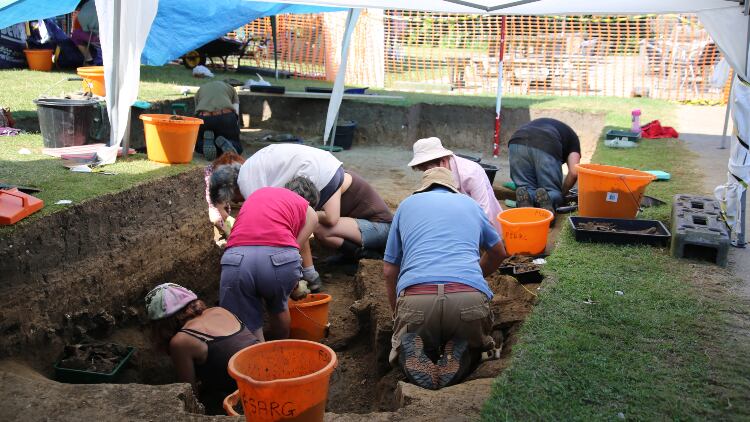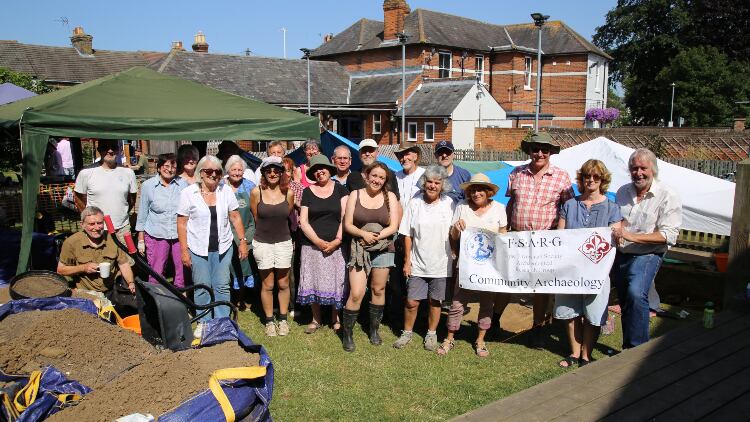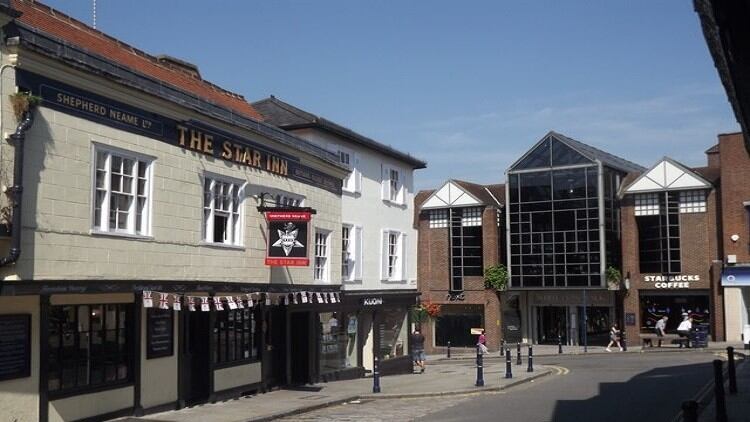Licensees Sue and David Potts of the Market Inn pub in Faversham, Kent, invited a team of volunteers from the Faversham Society Archaeological Research Group to the Shepherd Neame pub to continue their search for a royal manor house dating back to 600-700AD.
Yet, they were shocked as part of the Kings Manor, thought to occupy higher ground in the Kentish town – also home to Britain’s oldest brewer Shepherd Neame – was unearthed just metres from their pub.
“I knew that these guys had been looking for Saxon finds in Faversham for a while, in particular the so-called Kings Manor, and I suspected there might be some evidence of human activity near the pub, but I don’t think anybody expected anything on this scale,” licensee David Potts, who has a history degree and a keen interest in local history, explained.

The comprehensive dig, which took place between 13 and 28 July, followed keyhole excavation last year which revealed there may be more to the pub’s garden than meets the eye.
In addition to the discovery of the elusive Kings Manor - which predates William the Conqueror's Norman invasion by around 400 years - the dig unearthed a treasure trove of Anglo-Saxon and Roman artefacts found to be even older.
“What we have found is an early Anglo-Saxon site, which we’ve been searching for in Faversham for the last 15 years,” Dr Pat Reid, who oversaw the dig, explained.
“We asked Sue and David whether we could dig here and fortunately they agreed. They have both been tremendously helpful throughout and great hosts.
“We have found some amazing examples of Anglo-Saxon pottery and also a large number of animal bones, in particular deer and even wild boar. We’ve also found quite a lot of slag, which suggests that some metal working went on in the area.
“These things have been in the ground for around fifteen hundred years, so it’s quite a thrill to discover them.”




